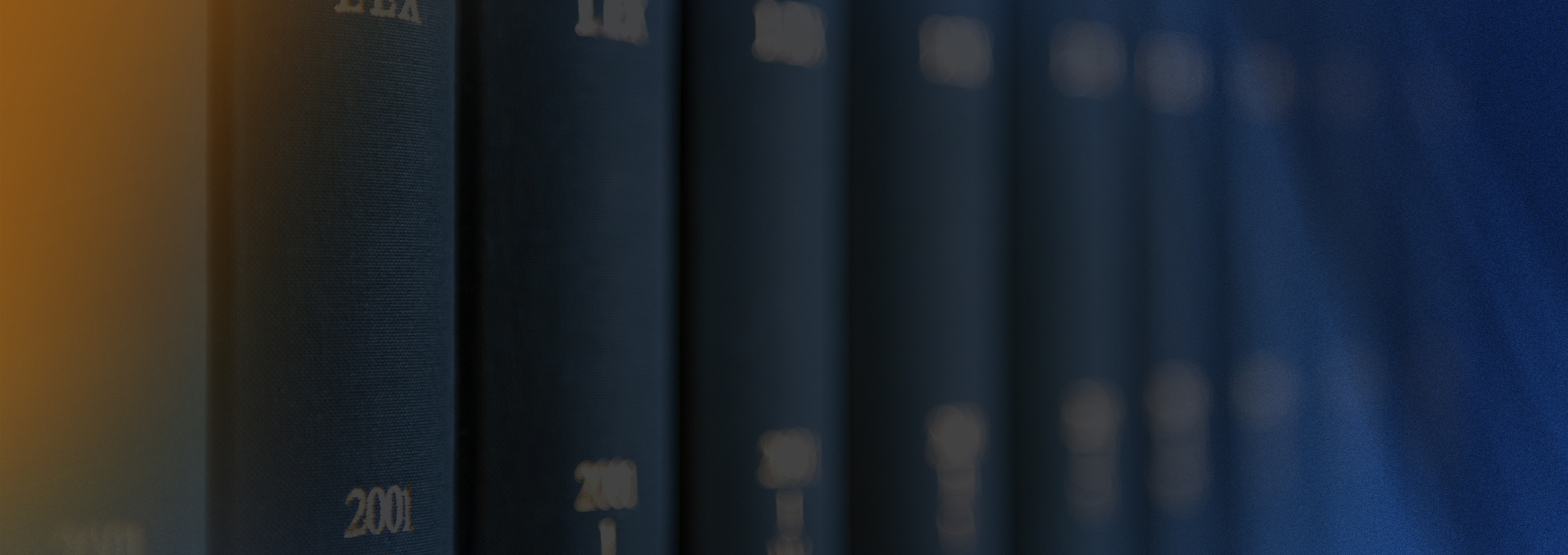For Criminal Defense Attorneys – How to Admit Inadmissible but Highly Relevant Evidence
Many attorneys in criminal cases have prior statements of complaining witnesses, negative information about a witness or exculpatory evidence which does not fit squarely as “admissible under the rules of evidence”. The notion of a “right to present a defense” has its origins in the United States Supreme Court’s decision in The notion of a “right to present a defense” has its origins in the United States Supreme Court’s decision in Chambers v. Mississippi, 410 U.S. 284. In Chambers, Gable McDonald confessed in a sworn writing to the murder of a police officer, a crime for which Leon Chambers had been charged. If McDonald does not testify – is it hearsay ? Is it an admissible statement against penal interest ? (Yes in California, No in Mississippi in 1973) McDonald repudiated his confession. Chambers, 410 U.S. at 287-88. At trial, Chambers attempted to elicit evidence of McDonald’s written confession as well as three oral admissions. Chambers, 410 U.S at 289. He did this by calling McDonald as an adverse witness. Chambers, 410 U.S at 291. The trial court allowed Chambers to call McDonald; however, due to a Mississippi common law rule requiring that the party calling a witness to vouch for the veracity of that witness’s testimony, the trial court denied Chambers the ability to treat McDonald as a hostile witness. So in the face of a denial by McDonald, Chambers had nothing to offer to set the record straight. Attempts to call the three people to whom McDonald had confessed were rebuffed as “hearsay”. In deciding the case, the Supreme Court first held that Mississippi’s rule prohibiting Chambers from cross-examining a witness he called to testify (McDonald) violated his right to confront the witnesses against him. Chambers, 410 U.S at 295. The court’s decision placed due process ahead of rules of evidence and was critical of the unthinking application of technical rules to defeat the truth.
Many cases that followed cite specific instances where cross examination (and Due Process) considerations trump technical restrictions. These cases (worth reading if you have an issue like this) include Delaware v. Van Arsdall 475 U.S. 673 (1986), finding that restrictions constituted a denial of the right to cross-examine to show bias; Smith v. Illinois, 390 U.S. 129 (1968) (denial of right to ask witness’ real name and address at trial was a constitutional violation); Douglas v. Alabama, 380 U.S. 415 (1965) (denial of right to cross-examine co-defendant).
Using these cases often opens the door to “iffy” evidence. But in California attorneys often forget the holding in People v. Wheeler (1992) 4 Cal.4th 284 where the California Supreme Court held that Proposition 8’s “Truth–in–Evidence” amendment to the Constitution (Cal. Const., art. I, former § 28, subd. (d)) abrogated the statutory rule (Evid.Code, §§ 787, 788), which provided that only felony convictions were admissible to impeach a witness’s credibility. (See: Wheeler at page 288). Any wrongful conduct, especially conduct that is criminal and involves “moral turpitude” can be introduced against a witness to impugn their credibility. Evidence Code Section 352 (strength of evidence vs. confusion, time etc.) is the main limiting factor.
The same logic applies to the introduction of evidence in the defense case in chief. You are not limited to a 6th Amendment or 5th Amendment argument per the Supreme Court cases above, you now have separate California authority to demonstrate that the evidence is admissible. Reliability may be an Evidence Code section 352 issue but the presumption is that the material if relevant is admissible.
The post California Criminal Law – Defense Attorney’s – How Can You Introduce Evidence that is Relevant but Not Technically Admissible ? appeared first on Lawyers In Lafayette.


